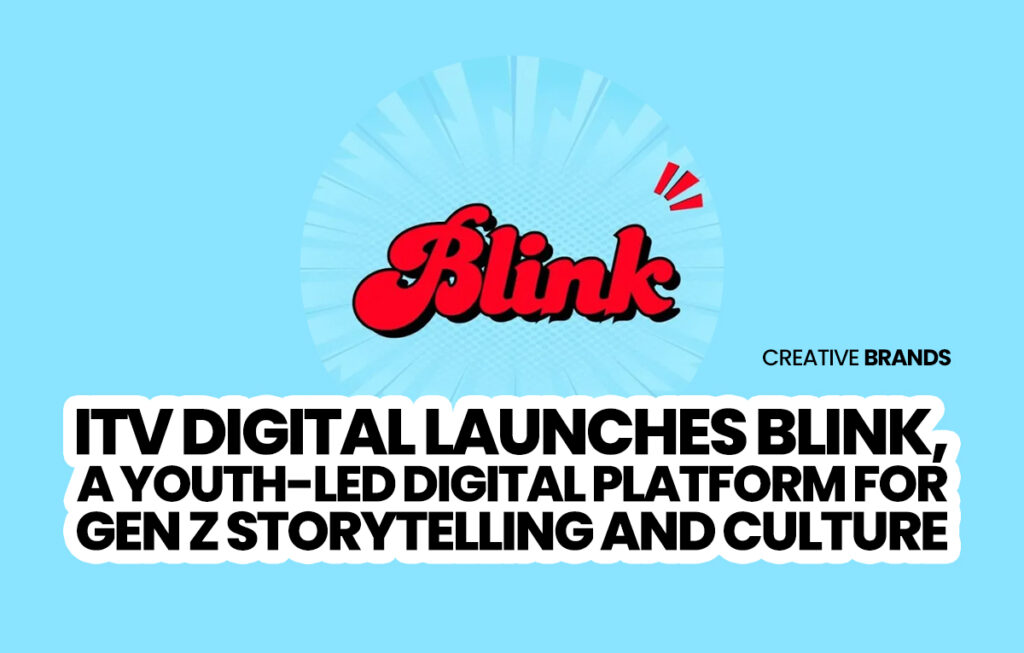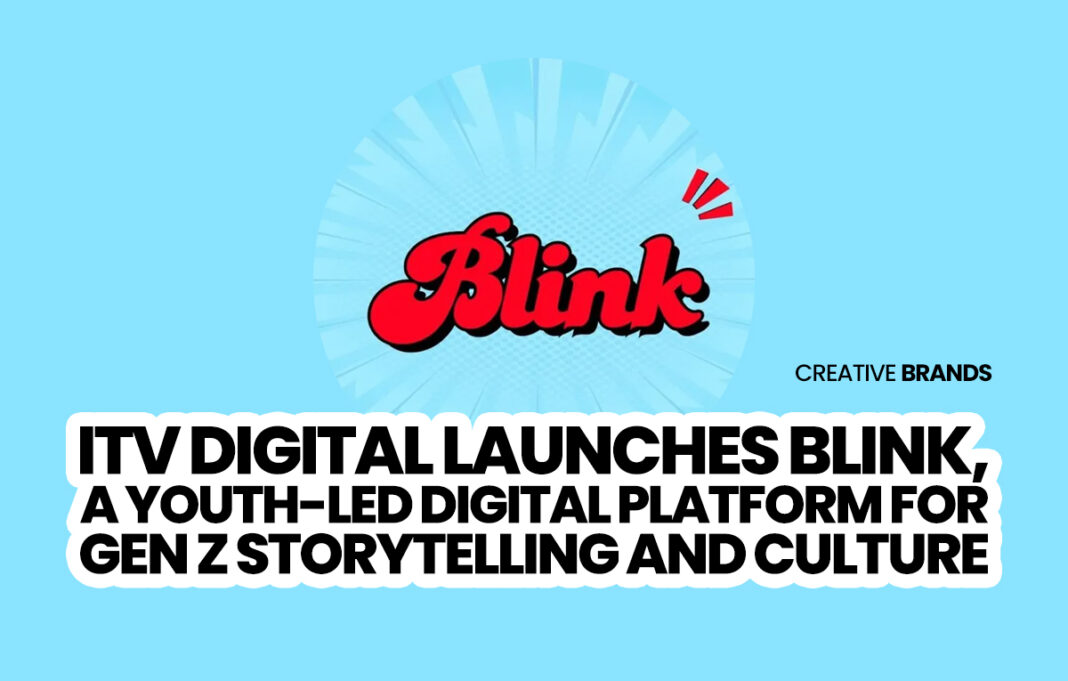
ITV Digital has launched Blink, a creator-driven digital platform aimed at Gen Z, offering interactive entertainment, sports, and lifestyle content. With over 69,000 YouTube subscribers already, Blink focuses on peer-led storytelling, diversity, and safe brand environments, positioning itself as a movement for authentic, participatory digital culture.
ITV Digital has taken a decisive step into the Gen Z media arena with the launch of Blink — a digital-first platform built around the language of short-form culture, peer voices and participatory digital experiences. Unlike legacy extensions of traditional media, Blink has been created from the ground up to serve a generation that lives in the swipe-speed attention economy — a generation that engages not out of obligation, but only when the content feels personal, authentic, and instantly relevant.
Blink opens as more than just a video channel or youth vertical. Its interface and content philosophy are modelled around co-creation and discovery. Users don’t just consume; they participate — through interactive challenges, creator-led trends, behind-the-scenes drops, and stories shaped by the community itself. The platform presents a stream of reels, creator spotlights, conversational interviews and culturally attuned editorial moments that celebrate diversity and lived experience, rather than celebrity polish.
“Blink isn’t just a channel, it’s a movement,” said Aishwarya Pandit Sharma, chairperson of The Sunday Guardian Foundation, during the launch. “It’s a space where young creators drive culture, creativity meets responsible storytelling, and diverse perspectives are celebrated every day.” Her framing is intentional — Blink is less a digital product and more a participatory arena, positioned to empower youth not as audiences, but as cultural protagonists.
The launch comes at a pivotal moment for ITV Digital, which has been rapidly evolving from conventional broadcast-adjacent output into digital-native narrative ecosystems. With Blink, the organisation signals a shift toward formats instinctively comfortable to Gen Z — ephemeral storylines, socially native aesthetics, and the blurring of entertainment with influence, fandom, and identity.
“We’re in the middle of a digital reset and Blink is our statement of intent,” said Akshansh Yadav, CEO – Digital, ITV Digital. “It represents a new wave of creativity and connection, inspiring both new-age creators and established industry leaders to reimagine how digital storytelling can engage and empower Gen Z audiences.” The words “reset” and “statement” reflect a strategic pivot — one that places ITV Digital openly in competition not with legacy media brands, but with creator-led ecosystems currently dominated by global platforms.
In just its early growth cycle, Blink has already attracted over 69,000 YouTube subscribers and is building momentum across Instagram — a platform that remains central to Gen Z visual identity and discovery behaviour. ITV Digital has also confirmed that Blink will soon expand across additional social and streaming ecosystems, ensuring it travels to where the generation already lives — rather than pulling them into traditional destination platforms.
At the heart of Blink is collaboration — not as marketing language, but as operating model. The platform is actively onboarding creators across vernacular, hyperlocal and subcultural spaces, ensuring that Blink never calcifies into a single aesthetic or demographic sliver. It is designed to stay fluid, frictionless and alive to what’s emerging — rather than what’s trending by the time mainstream media catches up.
The content philosophy balances vibrancy with responsibility — a key anxiety among both brands and parents in the digital media economy. ITV Digital has emphasised strong guardrails for brand safety, editorial ethic and platform transparency, signalling that Blink is attempting to strike the sweet spot: the rawness of youth internet expression without the algorithm-induced recklessness of unmoderated networks.
In doing so, Blink positions itself as a hybrid — a space with the cultural pulse of creators, but the credible framework of a trained newsroom. For creators, that means more opportunity without compromise; for advertisers, it means reach without risk; for Gen Z, it means entertainment that reflects them, rather than studies them.
What makes Blink particularly relevant to this moment is not merely its content format, but its declared posture. It refuses to treat young audiences as metric points but as nodes of influence. It rejects viral gimmicks in favour of cultural belonging. And most critically, it treats digital not as a distribution pipeline — but as a living culture.
As it expands, Blink could emerge as a powerful case study in whether legacy-backed platforms can evolve into creator-first ecosystems without losing their editorial soul. For now, ITV Digital has made its stakes clear — it is not chasing Gen Z attention; it is betting on Gen Z authorship.
And that, as Blink signals from day one, changes the game entirely.
Discover more from Creative Brands
Subscribe to get the latest posts sent to your email.






